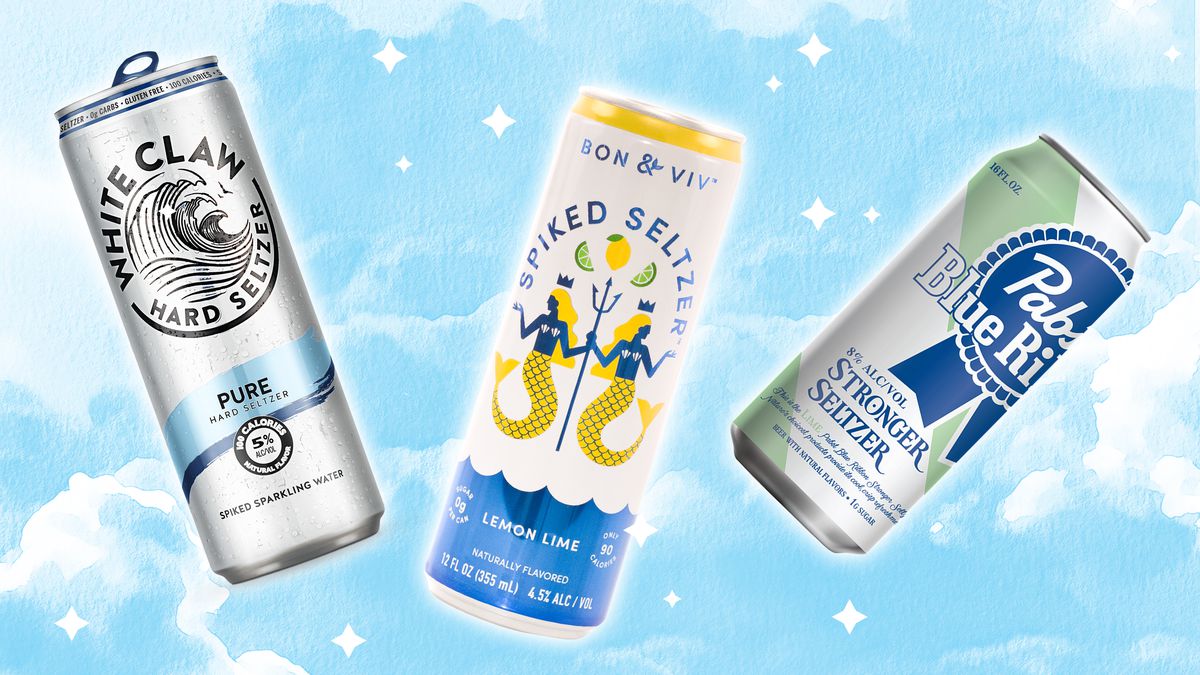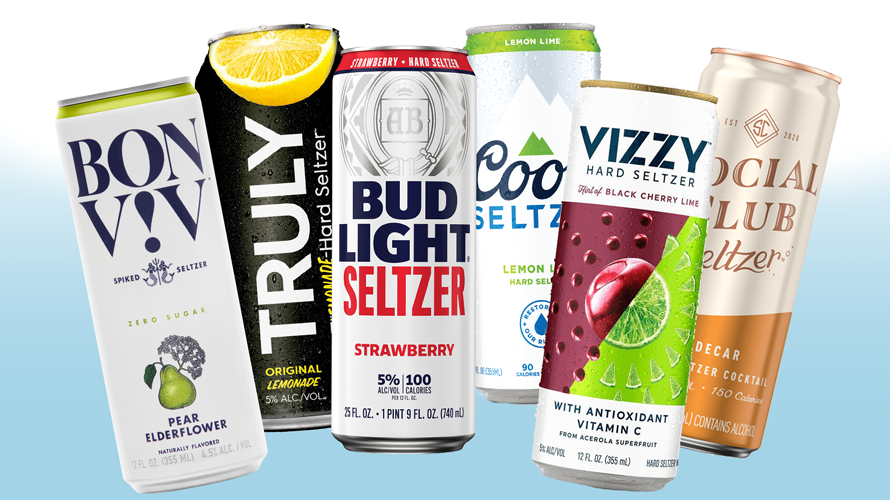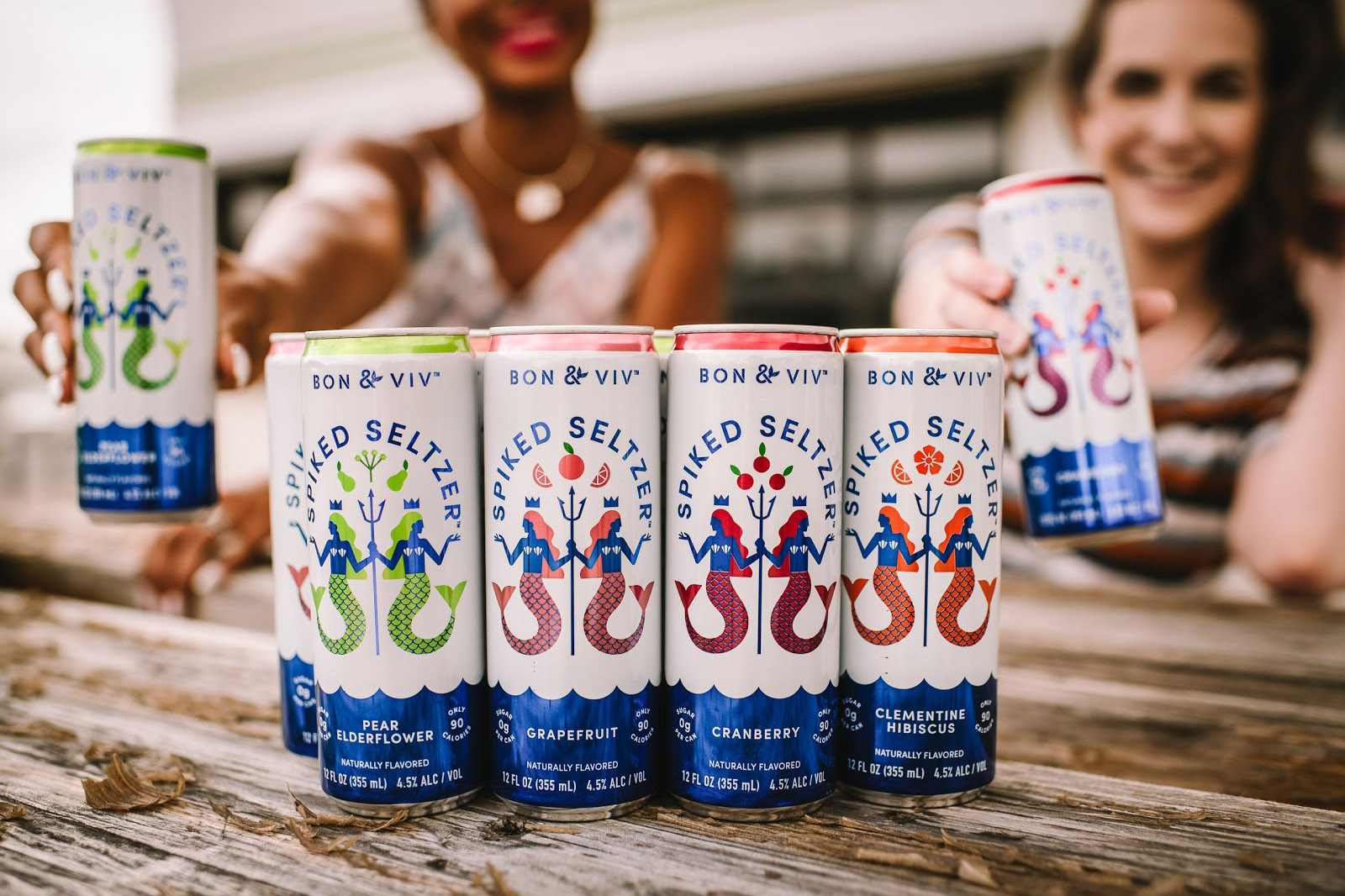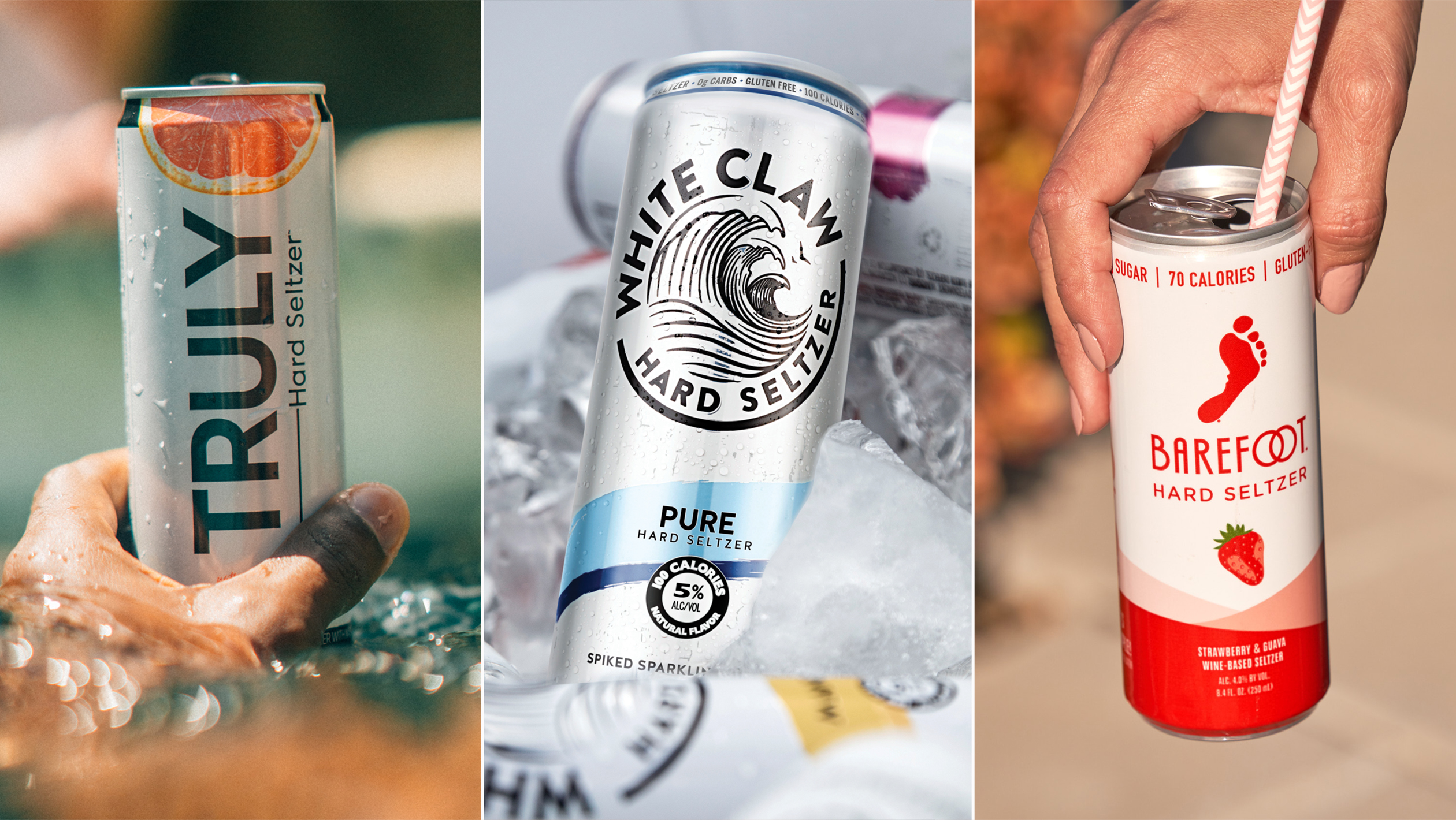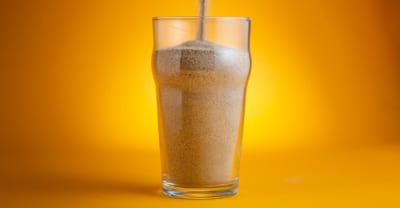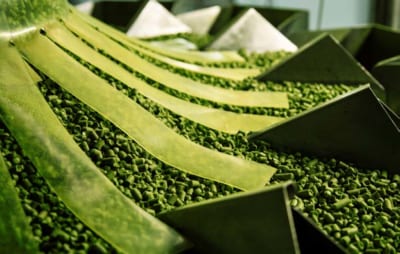It’s the unofficial drink of summer 2019, but the cheap, low-cal, gender-neutral canned cocktail has serious staying power.
Hard seltzer requires almost zero explanation. It’s water with bubbles that also has alcohol in it. Even its meteoric rise over the past few months needs little parsing: Seltzer has been very popular for a while, and now this is seltzer that gets you drunk. But it’s a beverage whose existence makes so much sense for so many reasons, and feels so perfectly positioned in this particular period of time, that it has helped define what exactly this period is.
What is hard seltzer, and why is everyone freaking out about it?
At its most basic level, hard seltzer is seltzer with alcohol in it. What that alcohol is made out of can differ — usually it’s just fermented cane sugar with added fruit flavors, but sometimes, like other “flavored malt beverages” such as Bud Light’s Lime-A-Ritas, it uses malted barley. Most hard seltzers’ alcohol content hovers between 4 and 6 percent alcohol by volume (ABV), which is about the same as a light beer.
Hard seltzer is also not new. In fact, the first big hard seltzer brand arrived when many of today’s hard seltzer drinkers weren’t even born yet. In 1993, Coors introduced a drink called Zima, as a response to popular similarly low-ABV beverages like wine coolers. Yet Zima, despite strong sales and nearly half of American alcohol drinkers having tried it, was met largely with ridicule: David Letterman, for instance, made a habit of parodying it as a drink for effeminate weirdos.
Zima left the shelves in 2008 and, despite a brief resurrection in 2017, is now no longer in production (you can still get it in Japan, though). The new class of hard seltzer arose in 2013 with a brand aptly named SpikedSeltzer, when two men in Boston, inspired by their wives’ love of sparkling water, decided to home-brew an alcoholic version. Though the founders told MarketWatch that when they originally tried to sell their product, retailers were in “total confusion” about what to do with it, they eventually sold more than a quarter-million cases in 2015, and by 2016, it had been acquired by Anheuser-Busch (SpikedSeltzer has since rebranded as Bon & Viv.
What is that alcohol made from?
That hard seltzer has a relatively low ABV and little or no additional sugar allows most versions to remain in the 100-calorie range, which is pretty much as low as you can go if you’re drinking alcohol (a shot of vodka, for example, has about the same number of calories). It is also what’s allowed hard seltzer brands to market their product as adjacent or somehow contributing to the idea of “wellness,” because it at least has fewer calories than a real cocktail. It’s like Halo Top ice cream: not as delicious as the real thing, and not actively good for you, but branded with the veneer of a healthier option that comes in handy single-portion servings.
Calories aside, many millennials are trying to cut down on drinking or identify as “sober-curious,” leading to a rise in low- or zero-alcohol beverages, a category that’s expected to grow by 32 percent between 2018 and 2022. There are now nonalcoholic bars and even sober influencers, and, in short, a seemingly greater interest in making drinking less of a central role in social life. What’s more innocent-sounding than seltzer?
The irony, of course, is that alcohol isn’t actually good for you and neither is seltzer (it kind of rots your teeth!), which only exposes the fact that current wellness trends basically boil down to the same thing diet culture has been aimed at for centuries: fat loss.
Finally, and perhaps most importantly, hard seltzer is fine. You can love hard seltzer for its portability and novelty, but no one really loves hard seltzer for the way it tastes. There is always going to be a far more delicious way to get drunk: Hard seltzer is never truly enticing in the way a dry rosé with an ice cube in it next to a pool can be, nor as soul-hugging as a bready IPA in an air-conditioned brewery. And that’s not even including the kinds of alcohol that are essentially just dessert!
There will always be a summer drink. Last year it was the Aperol spritz; for the few years before that, it was rosé; next year, maybe it will be rosé-flavored vodka. But despite its just fine-ness, hard seltzer may have the most staying power out of all three: It’s cheap, it’s easy, and it has a sense of humor about itself, making it slightly more immune to derision. And the fact that it’s lightly flavored makes it a perfect mixer come holiday season (so far, there is no pumpkin spice hard seltzer, but Bon & Viv does have a cranberry flavor). You might never truly love it, but hard seltzer will likely always be there, right next to the grocery store checkout aisle, waiting for someone to pick it up with a shrug.
Source: https://www.vox.com/the-goods/2019/8/20/20812814/white-claw-truly-hard-seltzer-explained

